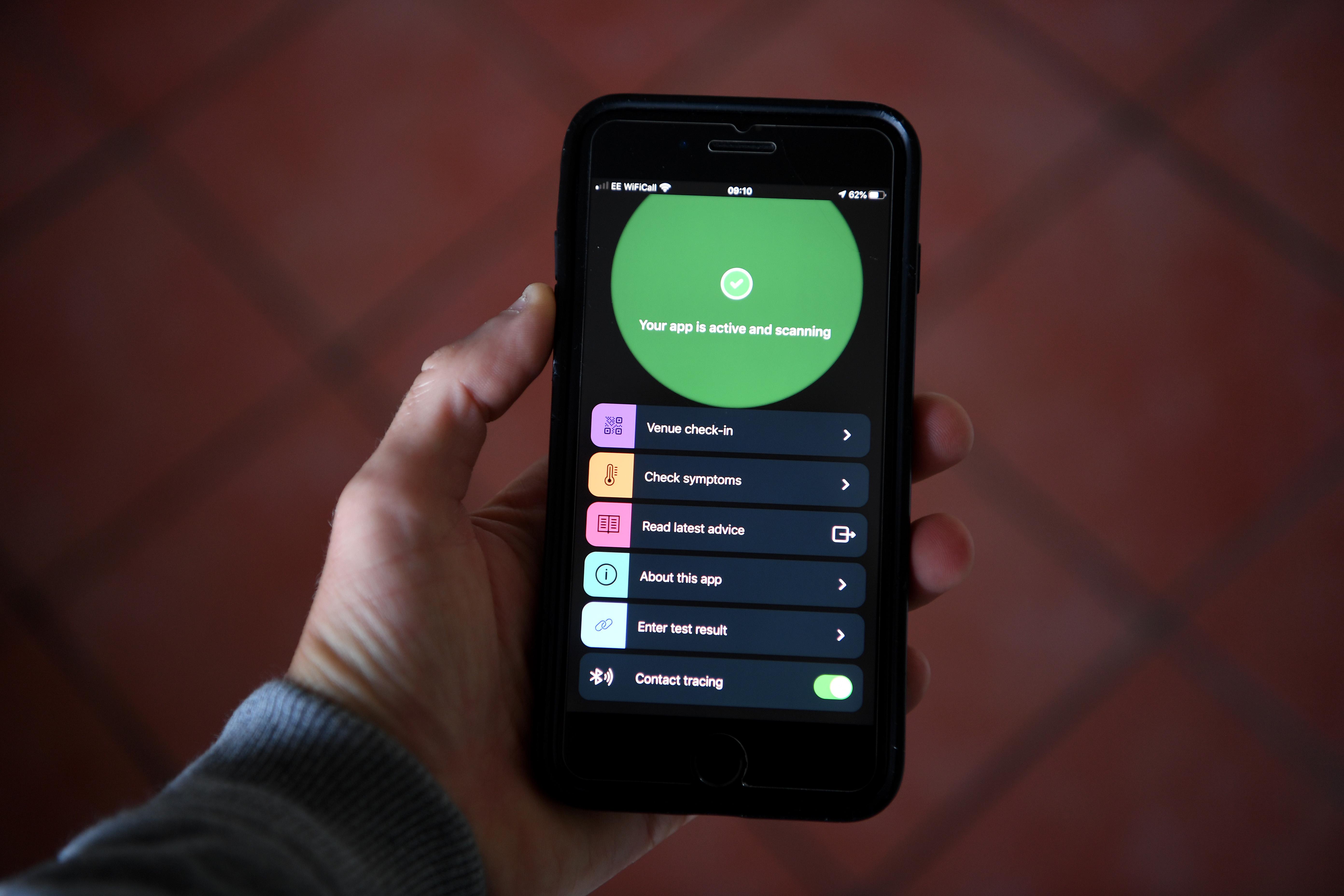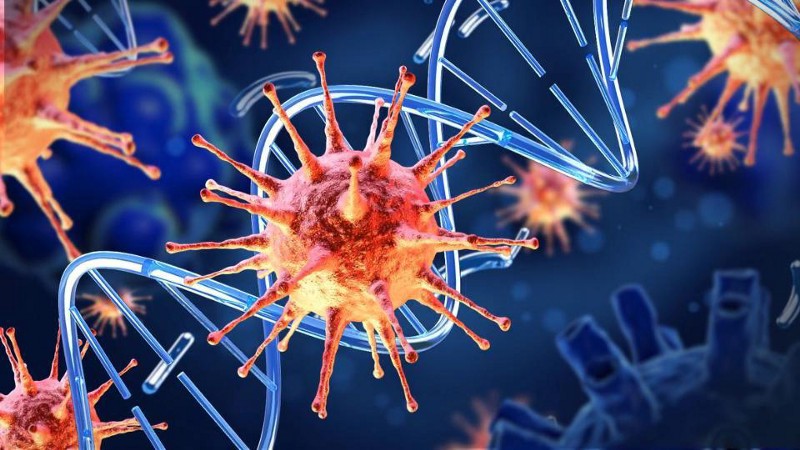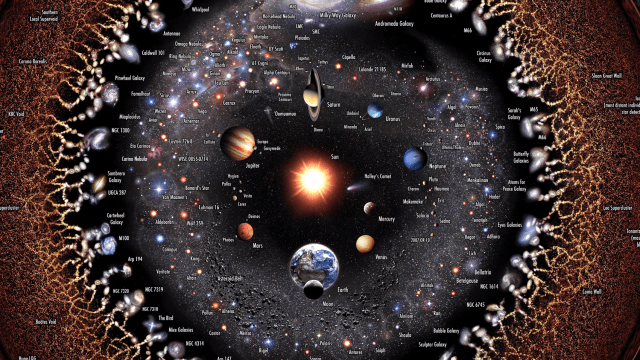Edward Snowden warns ‘bio-surveillance’ may outlast coronavirus

- Edward Snowden is a former CIA contractor who exposed NSA mass surveillance programs.
- In a recent interview, Snowden expressed concern over the ways in which governments are using technology to track the spread of the virus.
- These new tracking measures may someday be repurposed to advance governments’ mass surveillance programs, Snowden warned.
As governments turn to technology to help contain the spread of COVID-19, privacy advocates are expressing concern over how new bio-surveillance practices might stick around long after the pandemic ends.
Edward Snowden, the former CIA contractor who exposed NSA surveillance programs, recently spoke to Danish Broadcasting Corporation correspondent Henrik Moltke about surveillance in the time of the coronavirus pandemic.
“When we see emergency measures passed, particularly today, they tend to be sticky,” Snowden said. “The emergency tends to be expanded. Then the authorities become comfortable with some new power. They start to like it.”
Snowden is especially concerned about the long-term implications of strengthening the national surveillance infrastructure. Granted, the surveillance measures we may deploy today — say, using biometric facial recognition technology — might help to slow the transmission of COVID-19. What’s more, these measures might not noticeably curtail our civil liberties, even if they stick around after the pandemic ends.
But the problem is that the surveillance measures we install today will probably still be here decades from now. Over time, they may creep their way into becoming the new normal (unless sunset clauses are enforced). Another possibility is that these new surveillance measures go unused — at least until an administration comes along that’s not afraid to use them in an unprecedented way. By that point, the public may be helpless.
“You have no civil power remaining to resist it,” Snowden said. “Because you cannot coordinate. You cannot gather in public, because the government instantly knows all of these people are around.”
Giving the government access to biometrics could open up alarming new ways for governments to spy on citizens, Snowden said.
“They already know what you’re looking at on the internet,” he said. “They already know where your phone is moving. Now they know what your heart rate is, what your pulse is. What happens when they start to mix these and apply artificial intelligence to it?
Snowden offered an example: A man in the U.S. watches a YouTube video of a federal official giving a speech. The speech angers him. His pulse and heart-rate shoot up, and this biometric data gets recorded by his smartphone. The government, using algorithms that compare biometrics with online activity and other data, puts this man on a watch-list for people deemed to be potential terrorists or other undesirables.
Coronavirus bio-surveillance around the globe
Since the pandemic began, Asia has seen the most noticeable uptick in surveillance measures.
In China, citizens are required to install a smartphone app that assigns them a color code — green, yellow or red — that represents health status. The exact methodology of the app remains unclear. But less ambiguous are the CCTV cameras that the government has installed above the apartment doors of infected citizens, to ensure they stay inside for a 14-day quarantine.
South Korea has done an exceptional job at containing the spread of COVID-19. One reason is the nation’s aggressive use of smartphone tracking: The South Korean government has ordered everyone who tests positive for COVID-19 to install an app that alerts officials if they exit quarantine. Citizens also receive text messages about the movements of infected people, like: “A woman in her 60s has just tested positive […] Click on the link for the places she visited before she was hospitalized,” according to The Guardian.
According to a survey conducted in February by Seoul National University’s Graduate School of Public Health, 78.5 percent of citizens said they would sacrifice privacy rights to help prevent a national epidemic.
The U.S. hasn’t rolled out similar surveillance tools to help contain the virus, as of March 27. But companies like Google, Facebook and Amazon have been speaking with White House officials about how they might be able to model and help track the spread of the pandemic, according to the Wall Street Journal.

China News Service / Getty
Concerned about the potential ways Silicon Valley and the government might use technology to track the spread of COVID-19, the Electronic Frontier Foundation recently issued ethical guidelines for data collection during the pandemic:
- Privacy intrusions must be necessary and proportionate. A program that collects, en masse, identifiable information about people must be scientifically justified and deemed necessary by public health experts for the purpose of containment. And that data processing must be proportionate to the need. For example, maintenance of 10 years of travel history of all people would not be proportionate to the need to contain a disease like COVID-19, which has a two-week incubation period.
- Data collection based on science, not bias. Given the global scope of communicable diseases, there is historical precedent for impropergovernmentcontainmentefforts driven by bias based on nationality, ethnicity, religion, and race—rather than facts about a particular individual’s actual likelihood of contracting the virus, such as their travel history or contact with potentially infected people. Today, we must ensure that any automated data systems used to contain COVID-19 do not erroneously identify members of specific demographic groups as particularly susceptible to infection.
- Expiration. As in other major emergencies in the past, there is a hazard that the data surveillance infrastructure we build to contain COVID-19 may long outlive the crisis it was intended to address. The government and its corporate cooperators must roll back any invasive programs created in the name of public health after crisis has been contained.
- Transparency. Any government use of “big data” to track virus spread must be clearly and quickly explained to the public. This includes publication of detailed information about the information being gathered, the retention period for the information, the tools used to process that information, the ways these tools guide public health decisions, and whether these tools have had any positive or negative outcomes.
- Due Process. If the government seeks to limit a person’s rights based on this “big data” surveillance (for example, to quarantine them based on the system’s conclusions about their relationships or travel), then the person must have the opportunity to timely and fairly challenge these conclusions and limits.
The ‘coronavirus trilemma’
Still, it may be the case that stopping coronavirus requires us to temporarily sacrifice personal privacy, as Jeremy Cliff wrote for the New Statesman:
“So countries are faced with what one might call the “coronavirus trilemma”. They can pick two of three things but cannot have them all: limit deaths, gradually lift lockdowns, or uphold cherished civil liberties. Not all countries are facing up to this reality – the US remains a notable laggard – but most will have to eventually. Those countries that have recognised the choices before them are picking the first two options at the cost of the third, bio-surveillance. It is a choice that has most clearly been made in east Asia. But it is coming to much of the rest of the world too – and will transform the role and reach of the state.”





